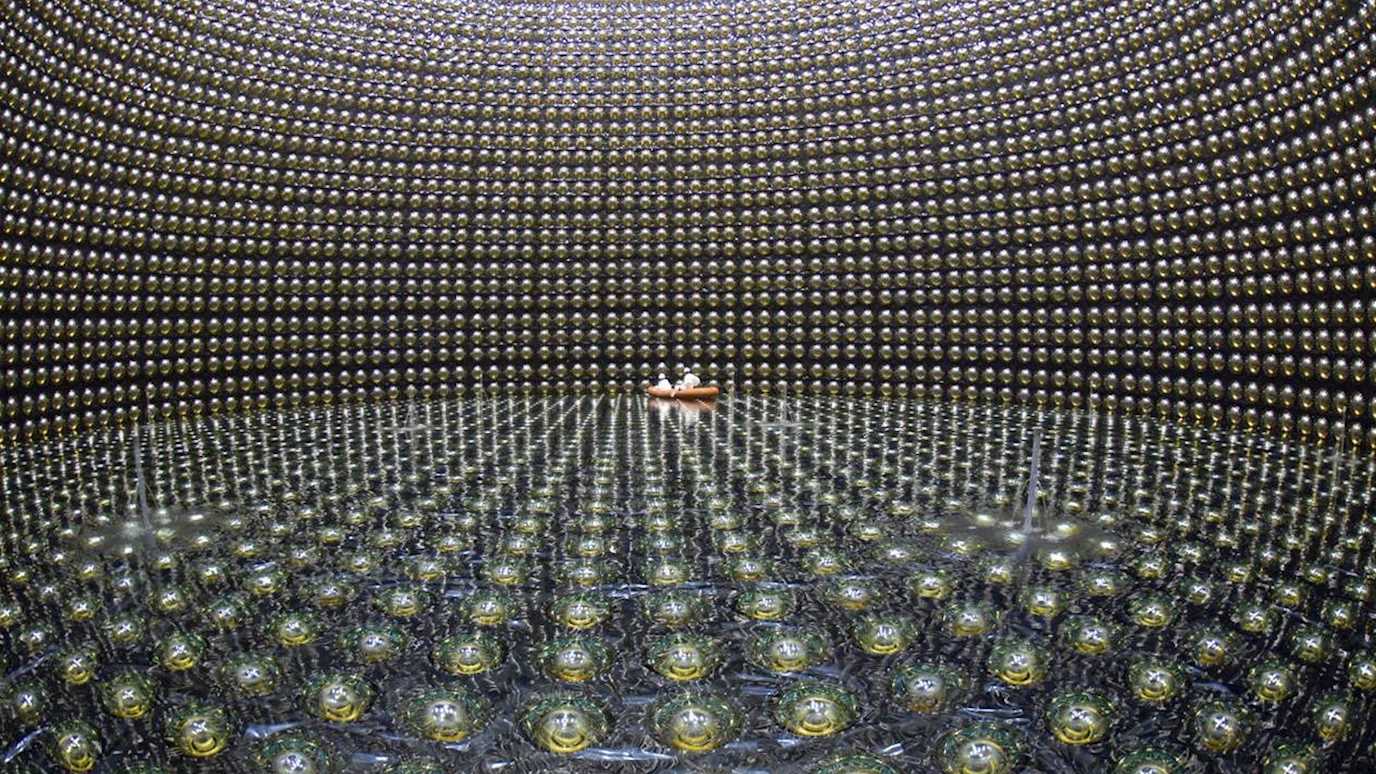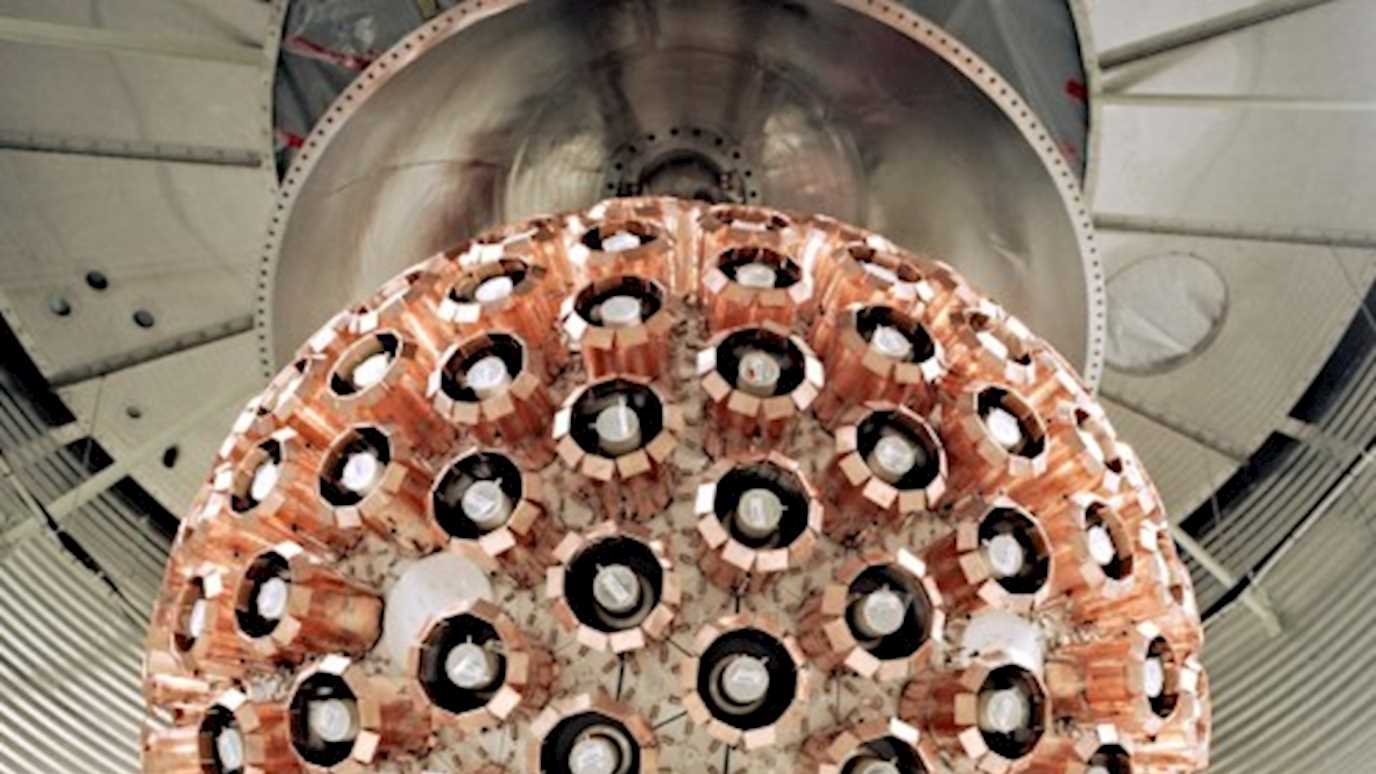At Royal Holloway University of London, researchers are studying neutrinos, elusive subatomic particles that can pass through matter without interacting. The team is using cutting-edge technology to detect and analyze neutrinos, with a focus on understanding their properties and behavior. This research has the potential to shed light on some of the fundamental mysteries of the universe, such as the nature of dark matter and the origin of the universe itself. The team is also exploring applications of neutrino detection technology in areas such as nuclear nonproliferation and monitoring of nuclear reactors. Overall, the research into neutrinos at Royal Holloway University of London is advancing our understanding of the universe and has the potential to contribute to important technological advancements.
T2K
CP-violation and the Nature of Neutrino Oscillation
T2K (Tokai to Kamioka) is a long-baseline neutrino experiment in Japan, studying neutrino oscillations. Neutrinos are elementary particles which come in three “flavours”: electron, muon, and tau. They only interact through the weak force, and are very difficult to detect as they rarely interact with matter. As neutrinos travel, they can oscillate (change) from one flavour to another, and T2K makes precise measurements of these probabilities. In particular, T2K studies whether the probabilities of oscillations of neutrinos and antineutrinos are different. If they are, this may be linked to the matter-antimatter asymmetry problem of the early universe!
Our group works particularly on reducing the impact of systematic uncertainties by using clever techniques to understand the rare interactions of neutrinos with detectors.

LZ
Searching for Dark Matter with LUX-ZEPLIN
The LZ experiment is a liquid xenon time projection chamber currently being built in the Homestake mine in South Dakota. LZ will instrument 7 tons of liquid xenon, searching for tiny flashes of light occurring if dark matter interacts in the detector.
Our group works particularly on the calibration of the LZ detector.
TPC R&D
Directional Detection of Low Energy Particles
Measuring the direction of particles at low energies in time projection chambers has applications in both dark matter and neutrino physics.
There should be a wind of dark matter particles blowing opposite to the Earth’s direction of motion around the galactic center. Measuring the direction of dark matter-induced recoils would conclusively identify a candidate direct detection signal as coming from the galactic dark matter halo.
In the search for CP violation in neutrino oscillations, one of the largest sources of uncertainty is modelling precisely what happens when a neutrino interacts within the complex environment of a target nucleus. Measuring the kinematics of final state particles down to low energies can shed new light on this long-standing problem.
Our group develops optical and charge readout of TPCs, both at low- and high-pressures, for dark matter and neutrino physics respectively. Below is our high pressure TPC prototype in a beam test at CERN in August 2018.






















